HSV's last stab at the Gen-F Commodore revealed
Holden Special Vehicles (HSV) have released all of the gory details surrounding the final wave of Australian Commodore–based Gen-F machines from the Clayton outfit — labelled the Gen-F2s.
Leading the announcement is confirmation of the return of one of HSV’s most beloved nameplates, GTSR, as well as an explosive supercharged LS9-powered limited-edition variant set to help HSV send off the Commodore with the most almighty of bangs.
The GTS-R name will adorn HSV’s premier line-up, replacing the iconic GTS moniker that is set to be phased out towards the end of 2017’s opening quarter. Unlike the GTS however, the GTSR name will represent a range of different models — spread across a Maloo ute and a sedan. And at the top of the GTSR range is the W1 [pictured below], limited to approximately just 300 cars.

The heart of the W1, the General Motors 6.2-litre V8 LS9 engine, is also most likely to become its defining feature.
The LS9 is better known for its use in Chevrolet’s Corvette ZR1, and represents GM’s most savage production power plant in history. It brings in access of 470kW to the party, making this the most powerful production car to ever come out of Australia.
A price of $189,990 (that's for a manual — since no automatic is offered) also makes this one of the most expensive cars to ever wear the HSV badge. Though, that still makes it technically cheaper than its bright yellow, tri-spoke wheel wearing granddad from the ’90s.
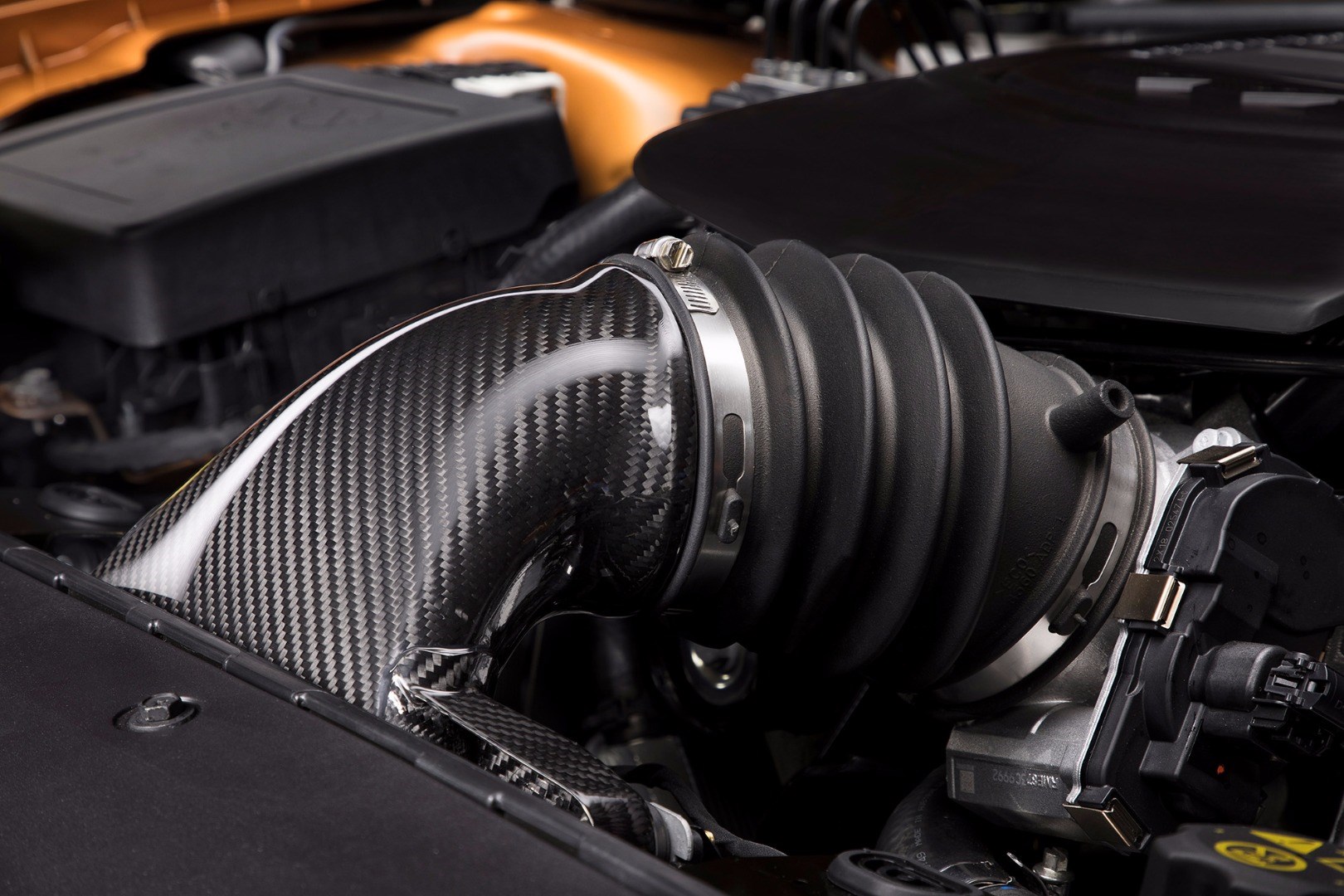
But don't assume that this is just a huge engine bolted to a Commodore. There's also a big supercharger — a 2.3-litre unit, uprated from the 1.9-litre you'd find in a GTS.
“Everything about it is bigger, beefier, raw performance orientated,” HSV's New Zealand Regional Manager Andrew Lamb told Driven.
“We really wanted to reinforce our track heritage, which has obviously been very strong over the last 30 years, and make a bold design statement.”
It will leap from static to 100kph in just over four seconds, jump from 80–120kph in less than two seconds, and complete a quarter mile in the low 12-second bracket.
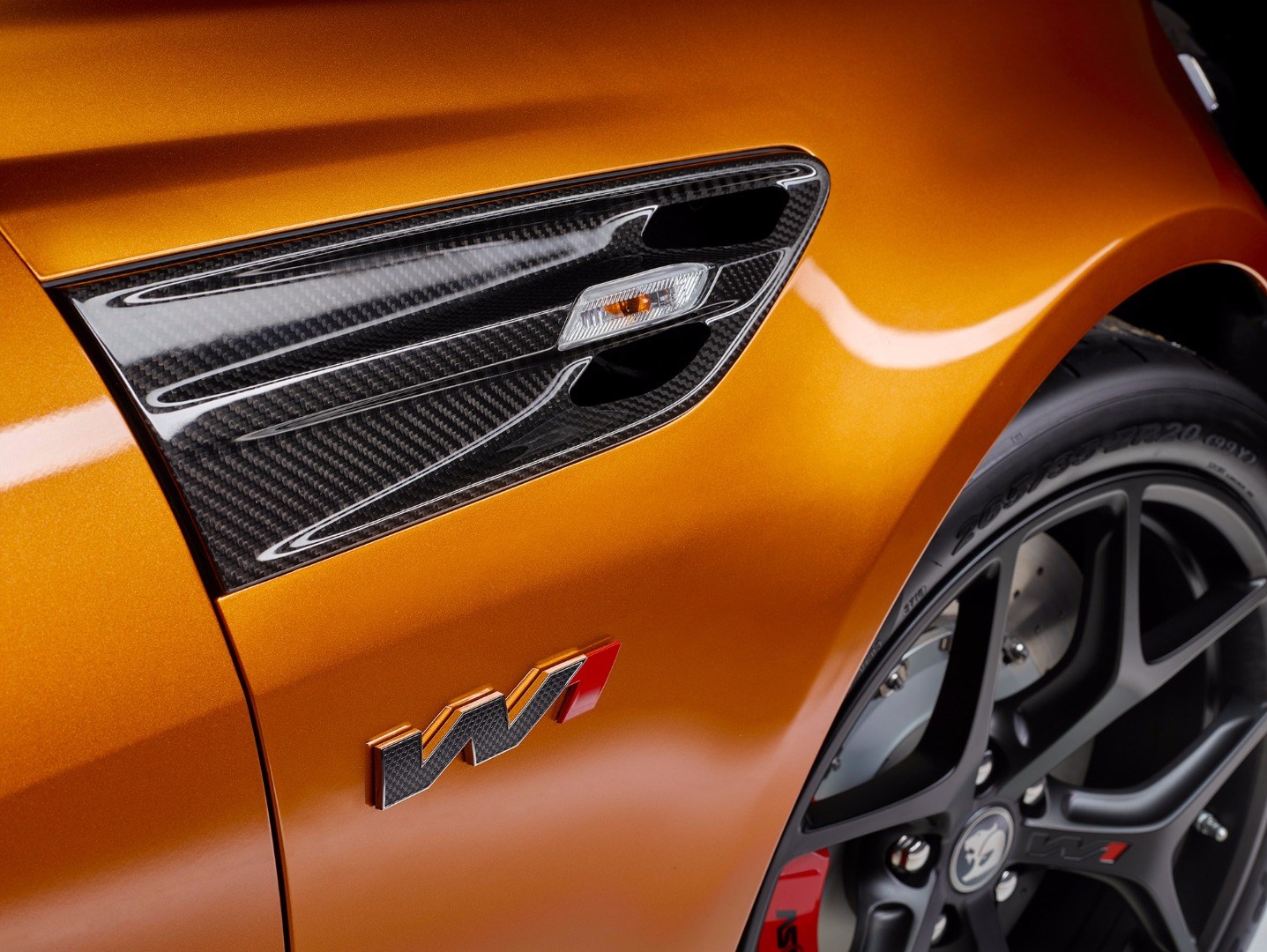
But to put just how quick the W1 is into true perspective, understand that it can lap the tight and technical Winton Motor Raceway circuit — where much of HSV's testing takes place — four seconds quicker than the current GTS.
“That to me tells a bigger story than 0-100 times. It’s about driving dynamics, it’s about handling, it’s about mid-corner grip. I think that’s one of the biggest measures,” says Lamb.
Much of that has to do with the engine's supporting cast of technological marvels.
Forged wheels and AP Racing brake calipers help reduce weight, while a 25 per cent increase in pad size improves brake performance. Those forged wheels are paired to a set of Pirelli P-Zero Trofeo Rs and a Supashock suspension that mirrors technology you would find in the Aussie Supercars Championship.
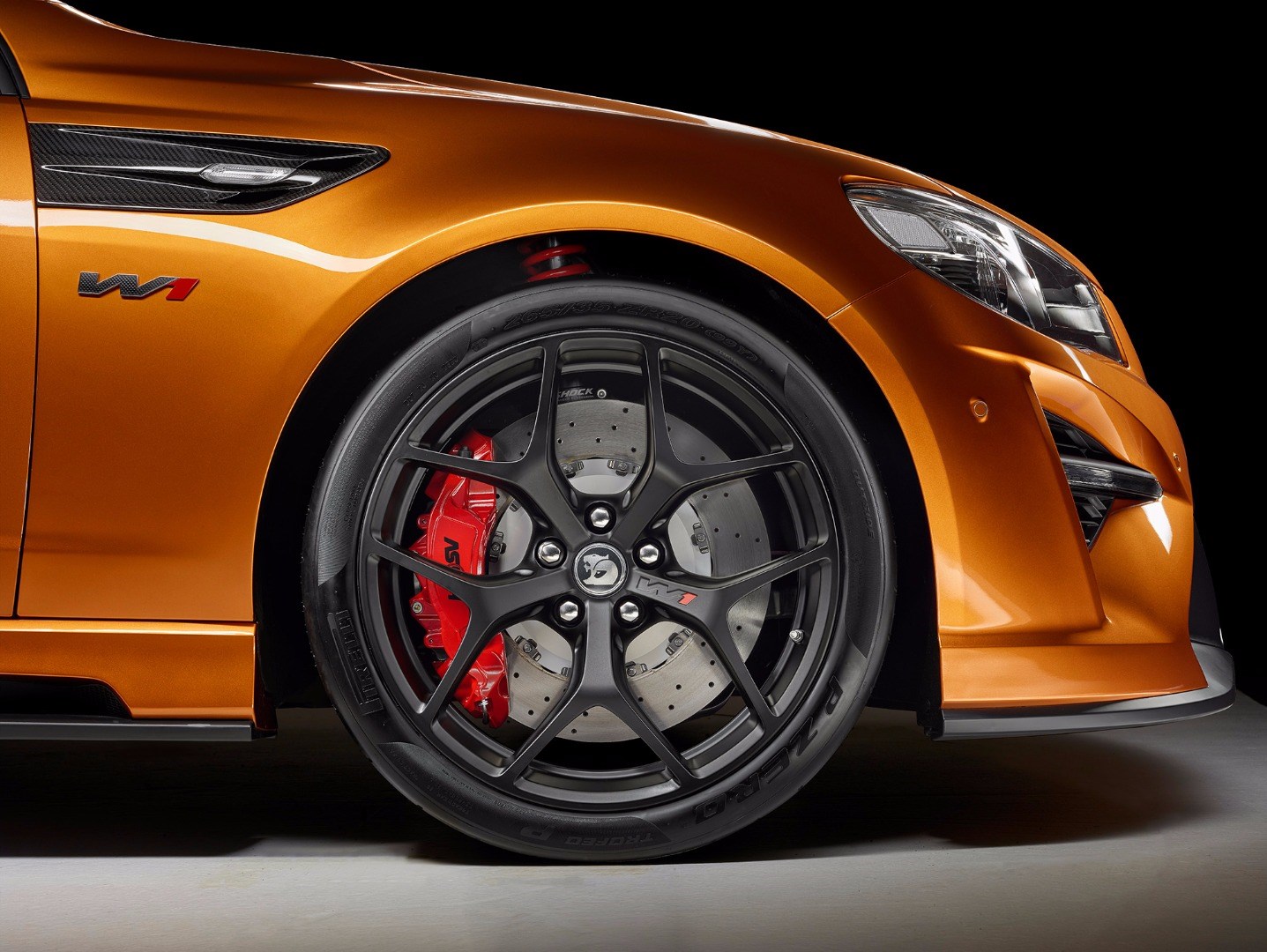
All of this is given a wider track and wider tyres to work from, helping give the W1 further stability over previous cars, plus the bonus of an aggressive stance. The Bi Modal exhaust has been fettled with to deliver more punch at a lower point in the rev range. The interior is a sea of alcantara. They've seemingly thought of everything.
“We haven’t just bought some bits and plonked them in, we’ve actually designed and taken what works and what suits our car and customers, and developed our own [technology] for what doesn’t,” says Lamb.
“There’s a huge amount of work to hand build these W1s at our plant, it’s a big exercise. Normally we can turn out a number of GTSs or GTSRs a day, but at Claytons it will take 2.5 days to build one W1.”
It's arguably the most track focused production car to come out of HSVs stable, it will cut an imposing figure whether you're at track or at the lights, and you can't have one.
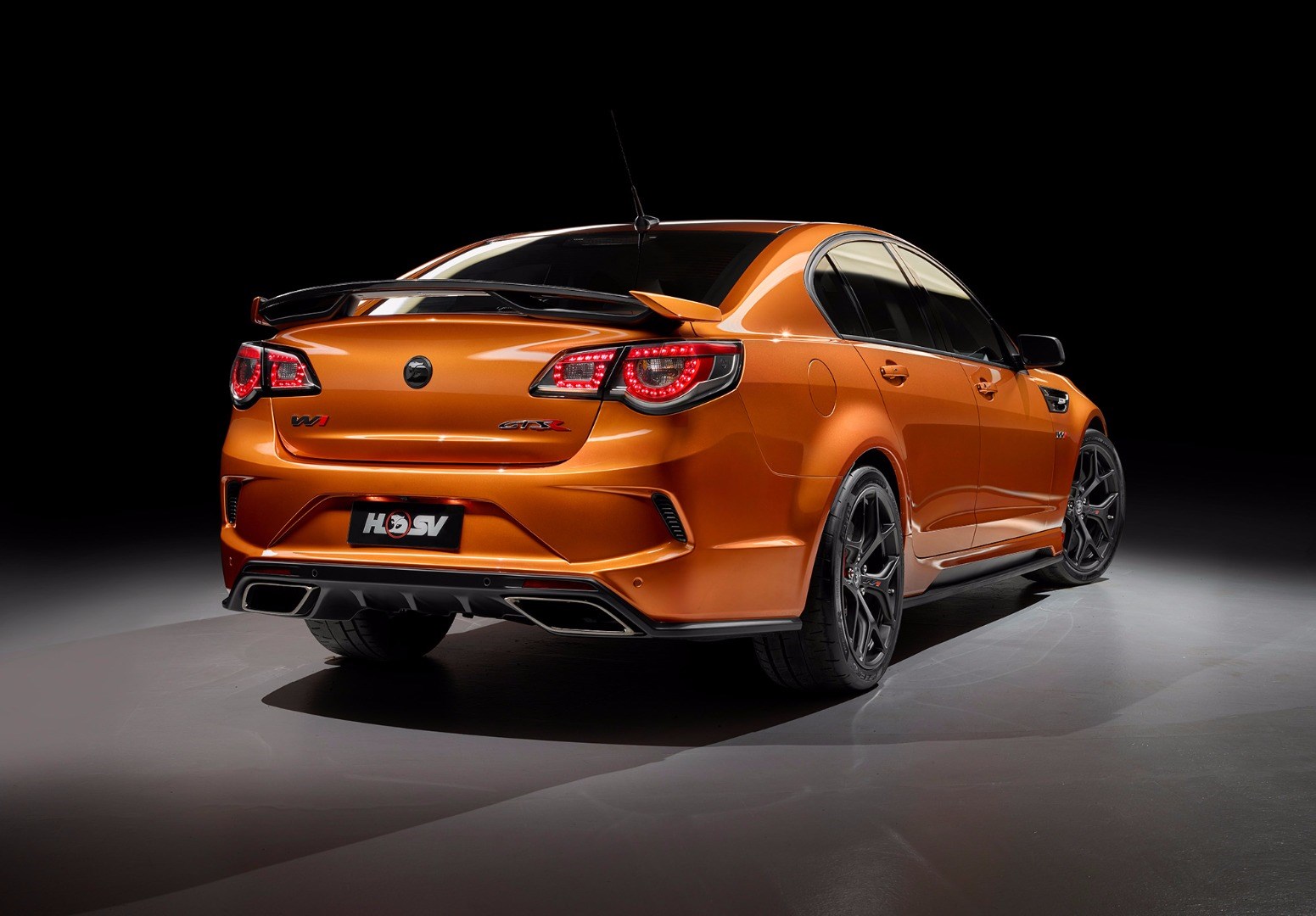
Just 20 W1s are allocated to come to New Zealand, and according to Lamb anyone who hasn't already been in the ear of their local HSV dealer will be hard pressed to get their hands on one.
“There’s only 20 of them coming to New Zealand, and pretty much all of them are spoken for already before they were even announced,” says Lamb.
“One dealer had three times the number of customers for the number of vehicles he was getting, and that when it was rumoured before it was even confirmed.”
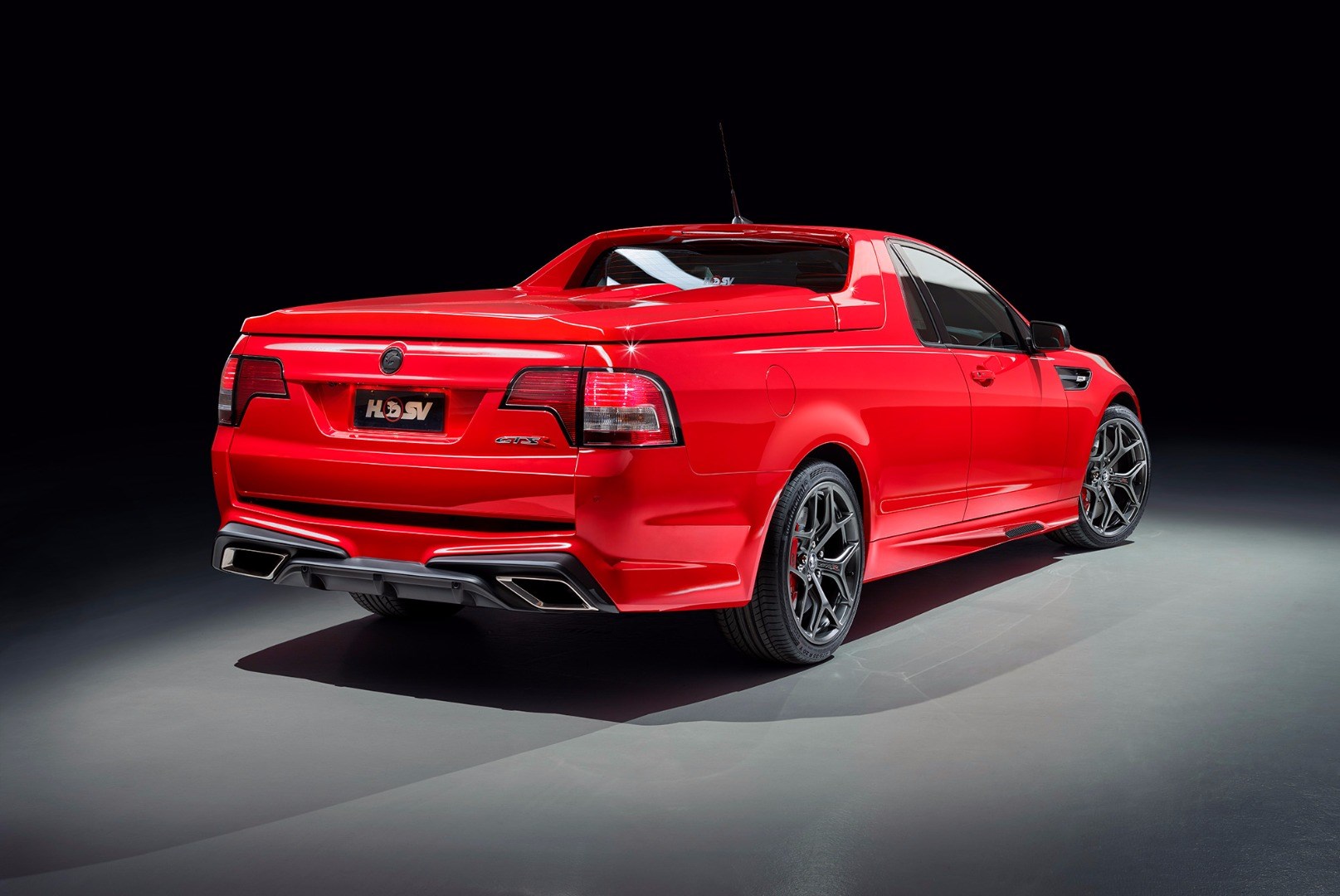
However, the GTSR W1 is just one out of eight models HSV have revealed today.
The aforementioned GTSR Maloo [pictured above] and sedan also represent sharp additions to the mix. They miss out of a number of things, including the LS9, Supashocks, and Pirellis, but still retain the wider track and plenty of bite.
In place of the LS9 is the faithful supercharged 6.2-litre LSA power plant, tuned to deliver 435kW (five more than it did in the GTS).
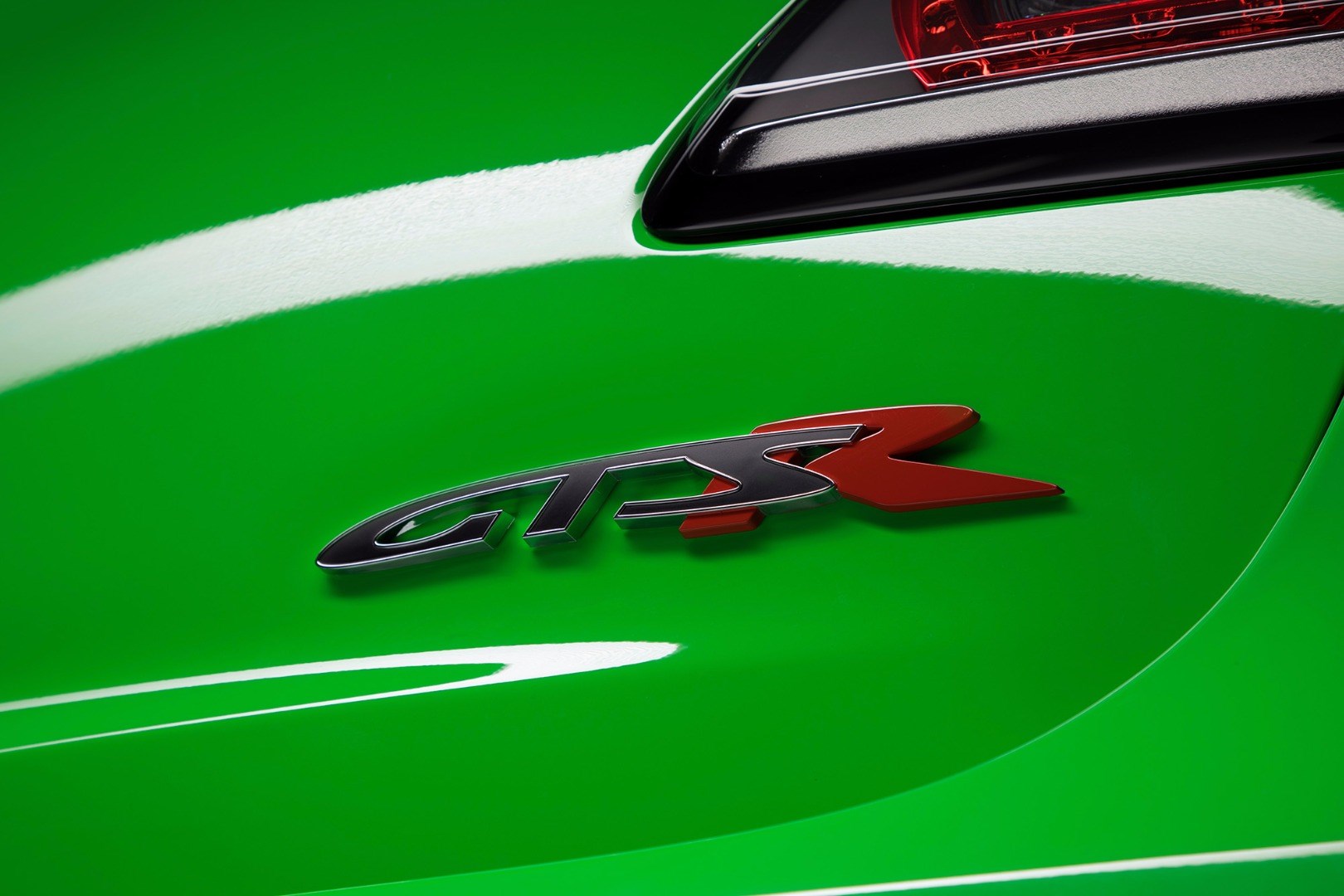
The release of the GTSR range caps off a project that's taken three years for HSV to carry out, in pursuit of what Lamb labels the “ultimate Australian drivers car.”
“From an engineering perspective there’s a number of things that we wanted to do, obviously to create an Australian icon. We didn’t just want to sit on our hands, we wanted to keep pushing. Our customer base expect that,” he added.
Completing the line-up are HSV's revamped Clubsport R8 LSA, Maloo LSA, Tourer LSA, Senator Signature, and GTS. All of which will sport ‘30 Years’ naming, to celebrate the 30th anniversary of the HSV brand.
While the GTS [pictured below] will bid us farewell at the end of the first quarter to make way for the GTSR range, the balance of the 30 Years Gen-F2 range will be in production for the rest of 2017.
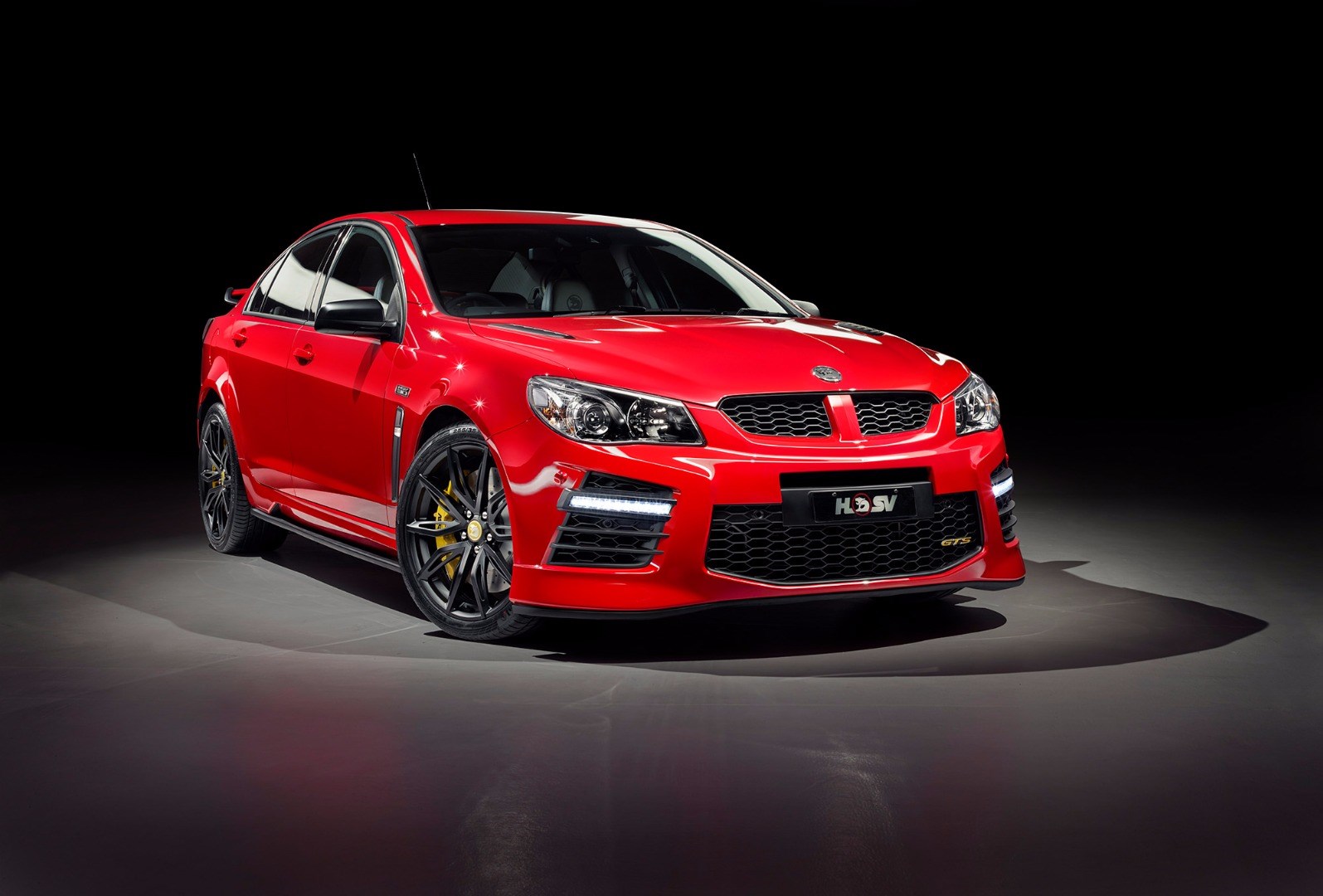
While visually most look almost identical to their current-edition counterparts (barring the adoption of new wheels), there are changes underneath.
Each gains the support of a supercharger as standard — something missed on the previous LS3-powered cars. All cars also gain brake torque vectoring, helping them echo international sports-car elite, and HSV's Electronic Data Interface (EDI) technology, which helps drivers study their own data through recorded telemetry when data logging is enabled.
The previously mentioned tweaks to HSVs Bi Modal exhaust system also trickle down to the 30 Years variants.
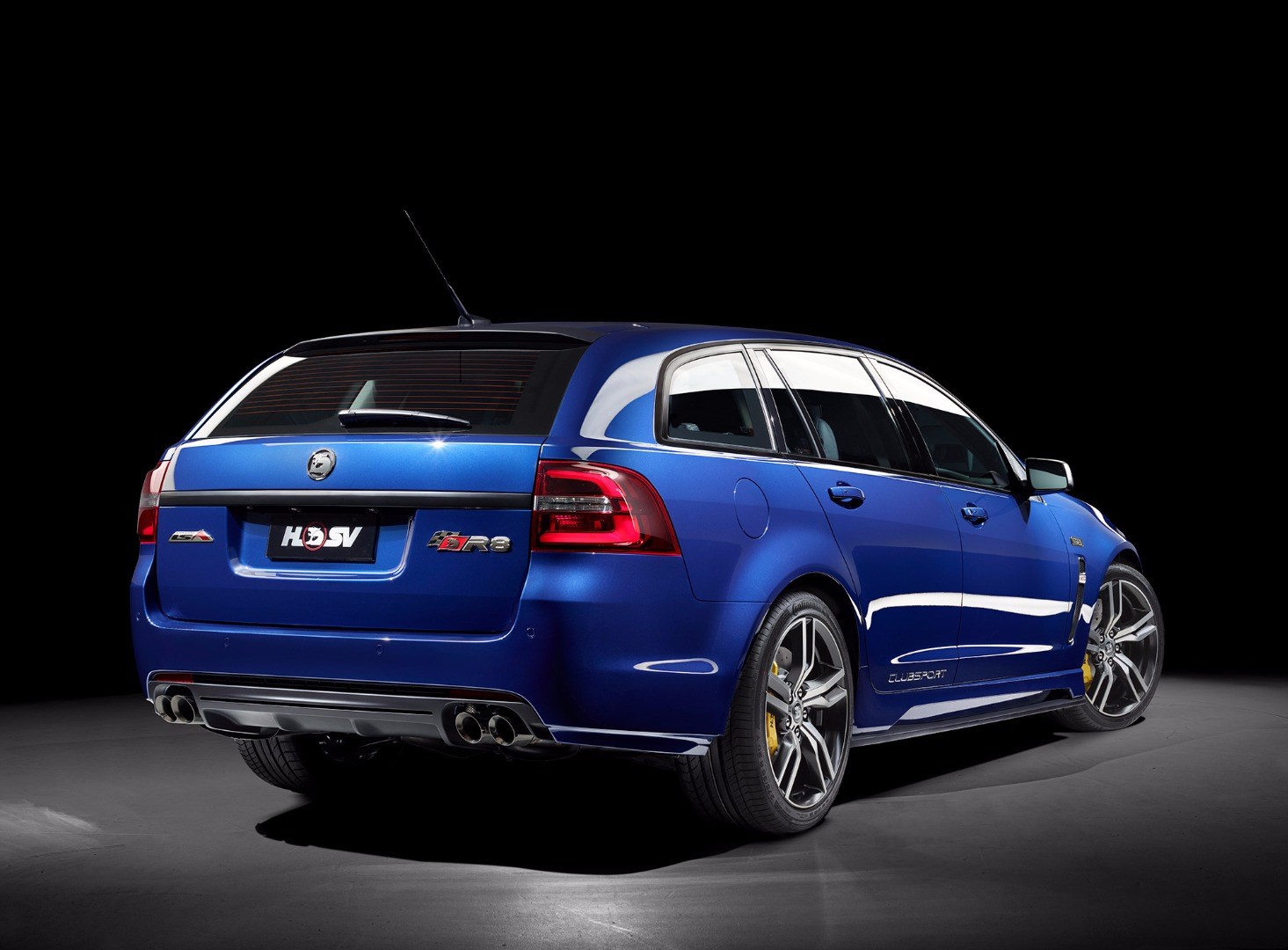
HSV are tight lipped over the exact numbers of each car announced outside of the GTSR W1 — both in regards to production values and New Zealand allocations. But with Australian production of the Holden Commodore winding down later this year, it's expected that they will be down on previous HSV models.
“It’s worth noting that our total production is capped for the year, based on availability from Holden and from our components suppliers and the production capacity of our plant. If people snooze they will lose,” says Lamb.
“A lot of customers are already talking to dealers to buy what they think is their last HSV, and I would think that within a couple of months of us announcing the range plans for this year, pretty much every car will be sold to a customer.
“Holden want to have a clean run out with their plant, and they are locking us down much earlier in the build cycle so that there’s no room to change. Our numbers are fixed, our build’s locked in, and when they’re gone they’re gone.”
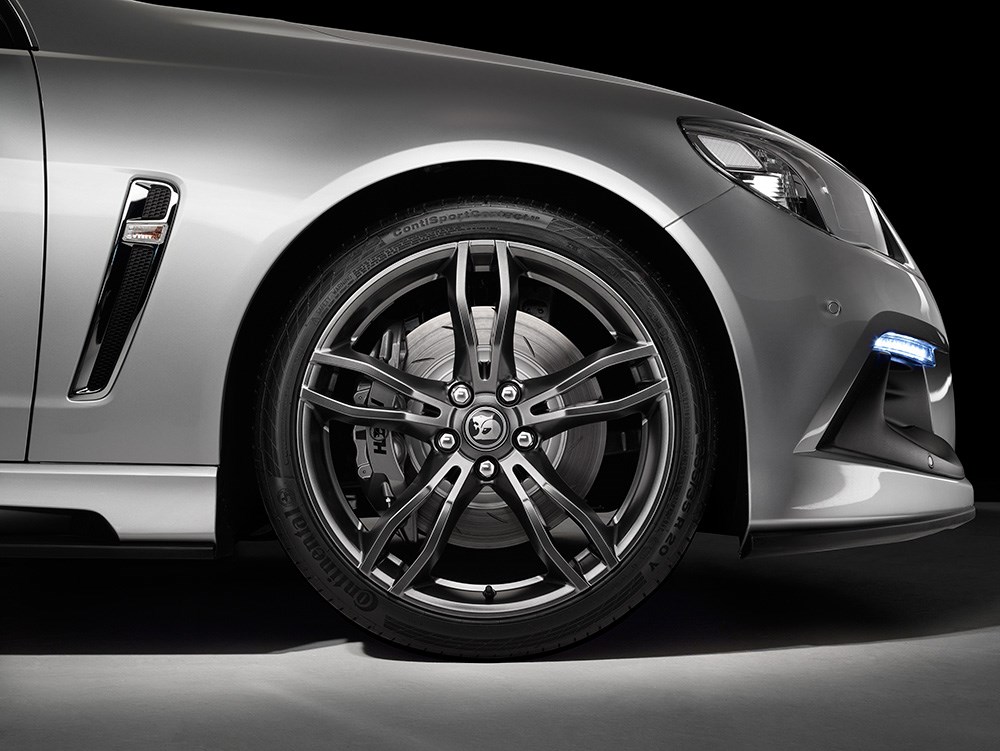
Pricing on the 30 Years HSV range starts at $98,990 for the Maloo (manual). Clubsport R8 sedan (manual), Tourer R8 (automatic), and Senator (manual and automatic) will set you back $102,990, $106,990, and $115,990 respectively, while the last GTS is priced at $119,490.
Meanwhile the GTSR pricing starts at $117,990 for the Maloo manual. The GTSR sedan manual follows at $130,990, with the W1 topping the charts at $189,990. Swapping to an automatic on the Clubsport R8, Maloo, Maloo GTSR, or GTSR sedan is a $2,500 option.
Production on the 30 Years vehicles has already started, with deliveries expected to follow in March. GTSR production is scheduled to begin in April, with deliveries to follow in May.






















































































